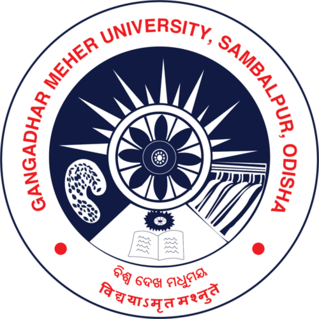SITA
Sambalpuri-Ikatkala is a textile repository of Sambalpuri saree designs. It has been created to collect and preserve Sambalpuri saree designs and provide global accessibility of our heritage. This will serve as an important information gateway relating to Sambalpuri saree design and techniques. Sambalpuri saree is a brilliant handloom that appeals on account of its splendid depictions of nature, flora and fauna, sankha (conch), and many other elements on fabrics. It reflects an original style of craft known as ‘Baandha’ which is popularly known as “Bandhakala” craftsmanship. It has been recognized as a Geographical indication by the Government of India in 2007. The repository also preserves and disseminates the valuable knowledge resources on Sambalpuri saree.

Communities in DSpace
Select a community to browse its collections.
